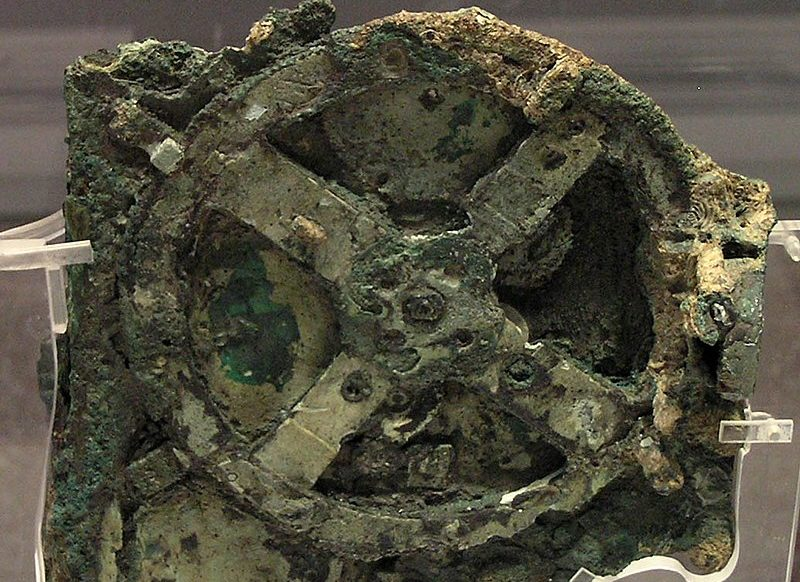PUTNAM 1985: PROBLEM B-1
PROBLEM
p(x) = `(x-m_1)(x-\m_2)(x-\m_3)(x-\m_4)(x-\m_5)`
has exactly k nonzero coefficients. Find, with proof, a set of integers `m_1,\m_2,\m_3,\m_4,\m_5` for which this minimum k is achieved.
SOLUTION
p(x) = `(x-m_1)(x-\m_2)(x-\m_3)(x-\m_4)(x-\m_5)`
= `x^5+Ax^4+Bx^2+Cx+D` where A, B, C, D are integers
Now we want to minimise the number of nonzero coefficients that p(x) can have.
So starting from the smallest positive integer, can k be 1 ?
Well definitely no, because then p(x) = `x^5` `\Rightarrow` `m_1=m_2=m_3=m_4=m_5=0`
Well then, can k be 2 ?
If k is 2, then p(x) = `x^5+Cx` or p(x) = `x^5+D` as for any other case `x^2`| p(x)`\Rightarrow`any two of the `m_i` are zero and thus not distinct.
If p(x) = `x^5+Cx`, then p(x) = 0 will have one root as zero and the other four roots will come from `x^4+C = 0`. But `x^4+C=0` can have maximum two real roots. It's because the line y = -C can cut the graph of y = `x^4` maximum two times. So, `p(x)\ne x^4+Cx`
Also, `p(x)\ne x^5+D` as `x^5+D = 0` has only one real solution. It's because the line y = -D will cut the graph of `y = x^5` only one time.
So, k can't be 2.
So, then can k be 3 ?
Well yes, it is possible. If we take the roots as 0, `\pm1,\pm2` then p(x) = `x(x^2-1)(x^2-4)` =
`x^5-5x^3+4x`. So k is 3 and it can be achieved if we take `m_1=0`, `m_2=1`, `m_3` = -1, `m_4=2` and `m_5` = -2 .
.png)
.png)

Comments
Post a Comment